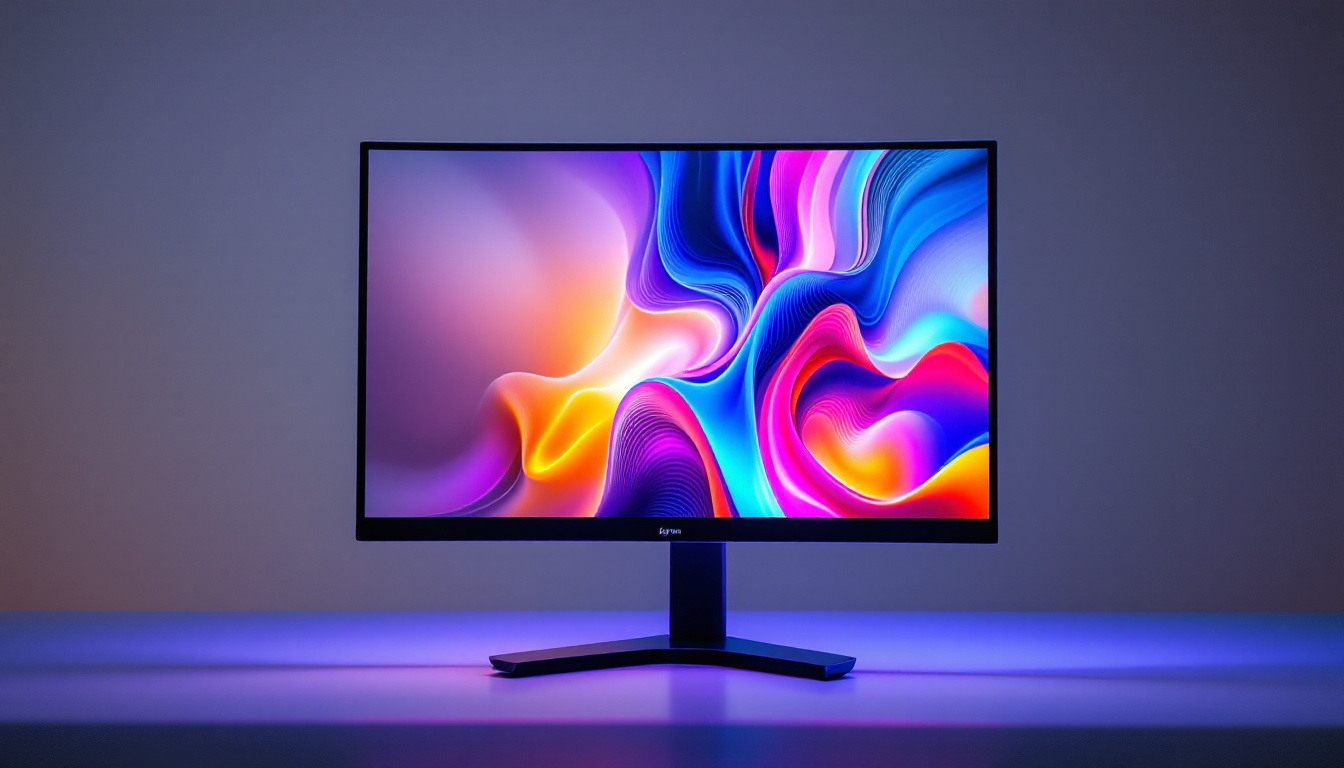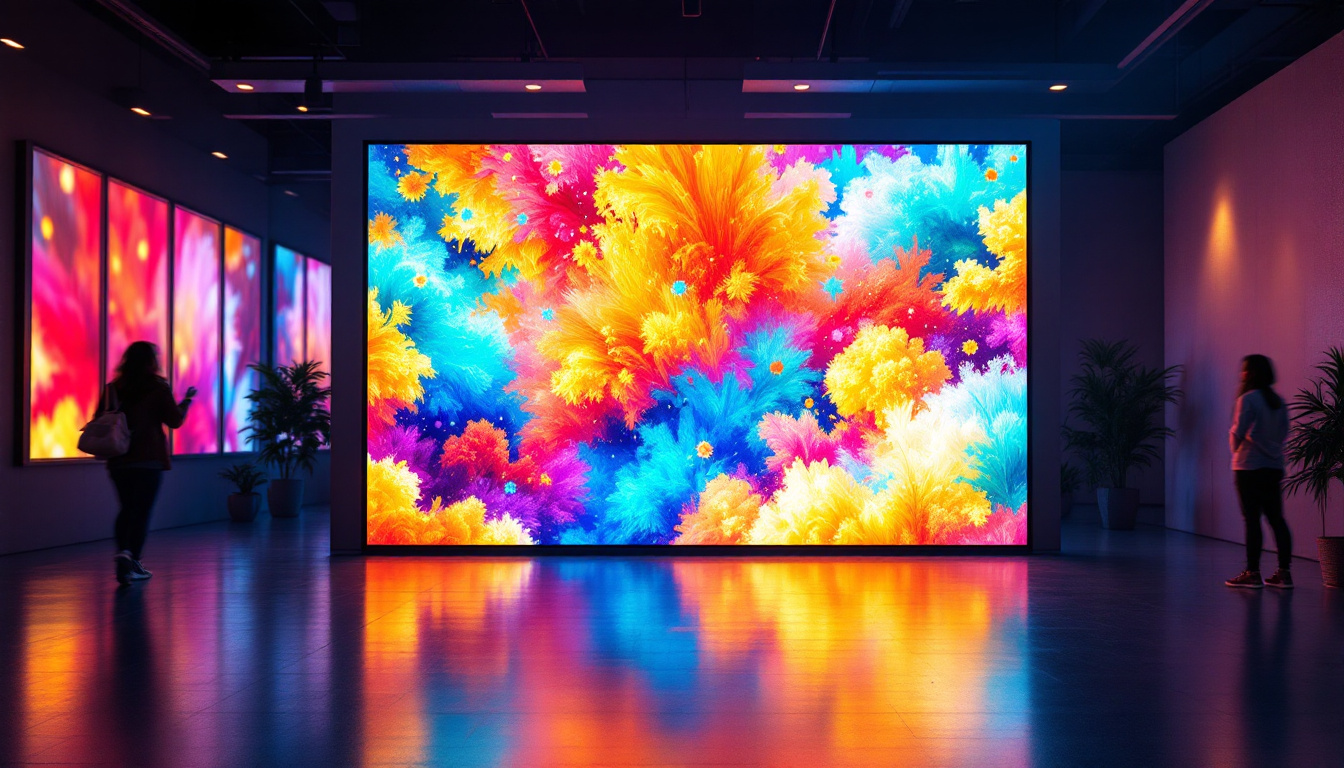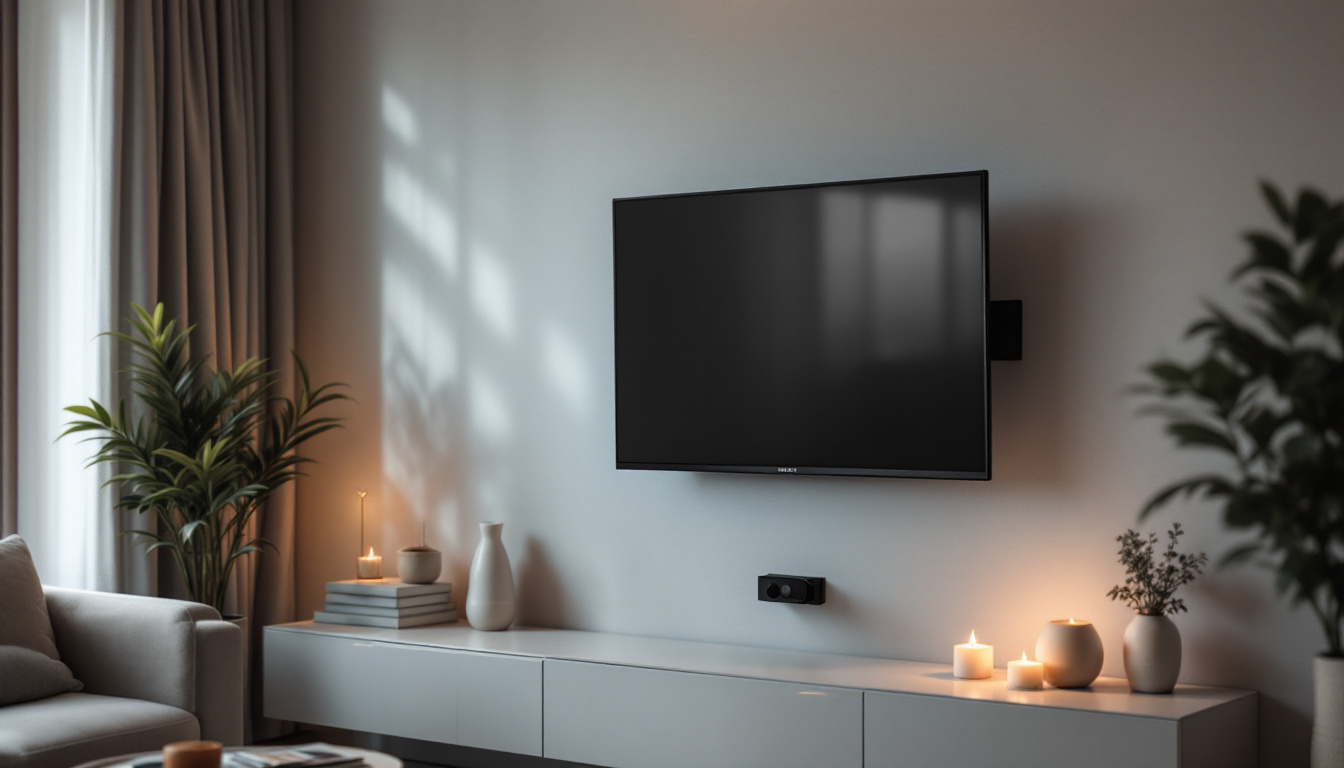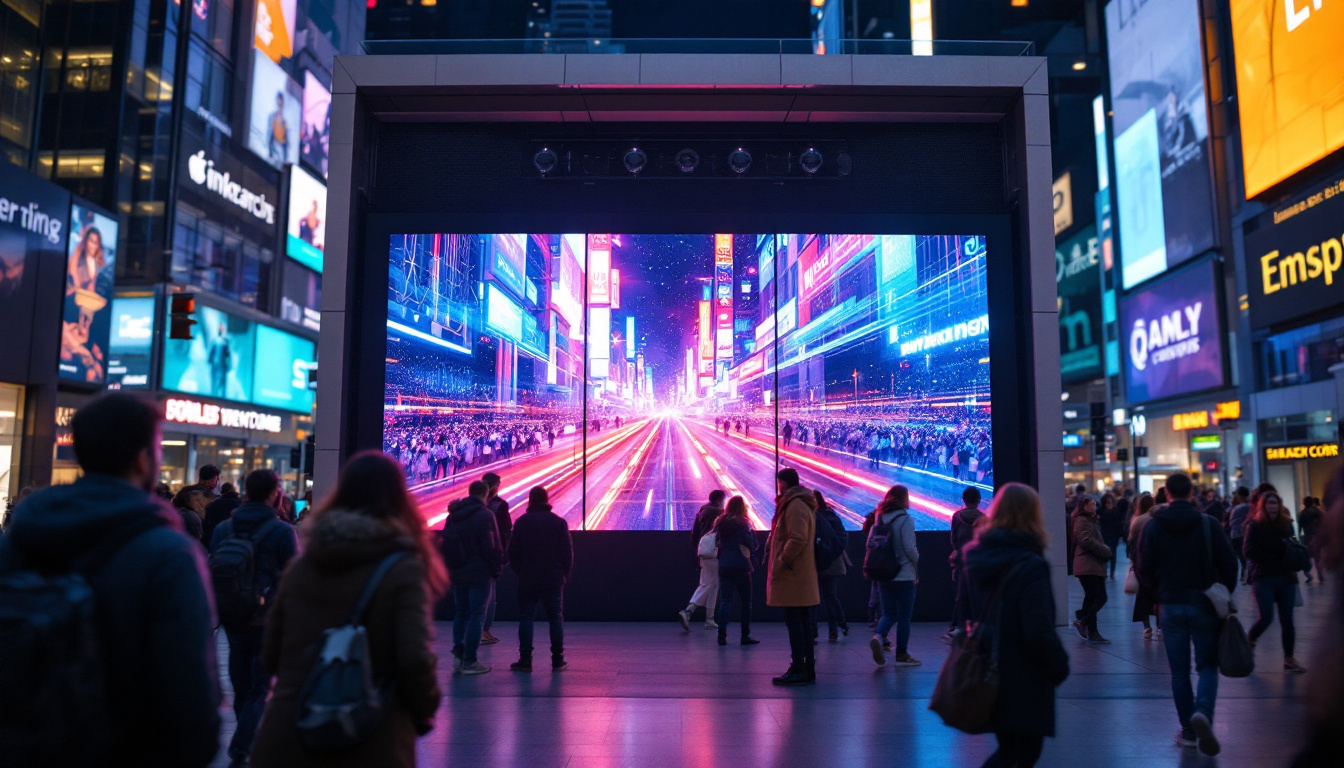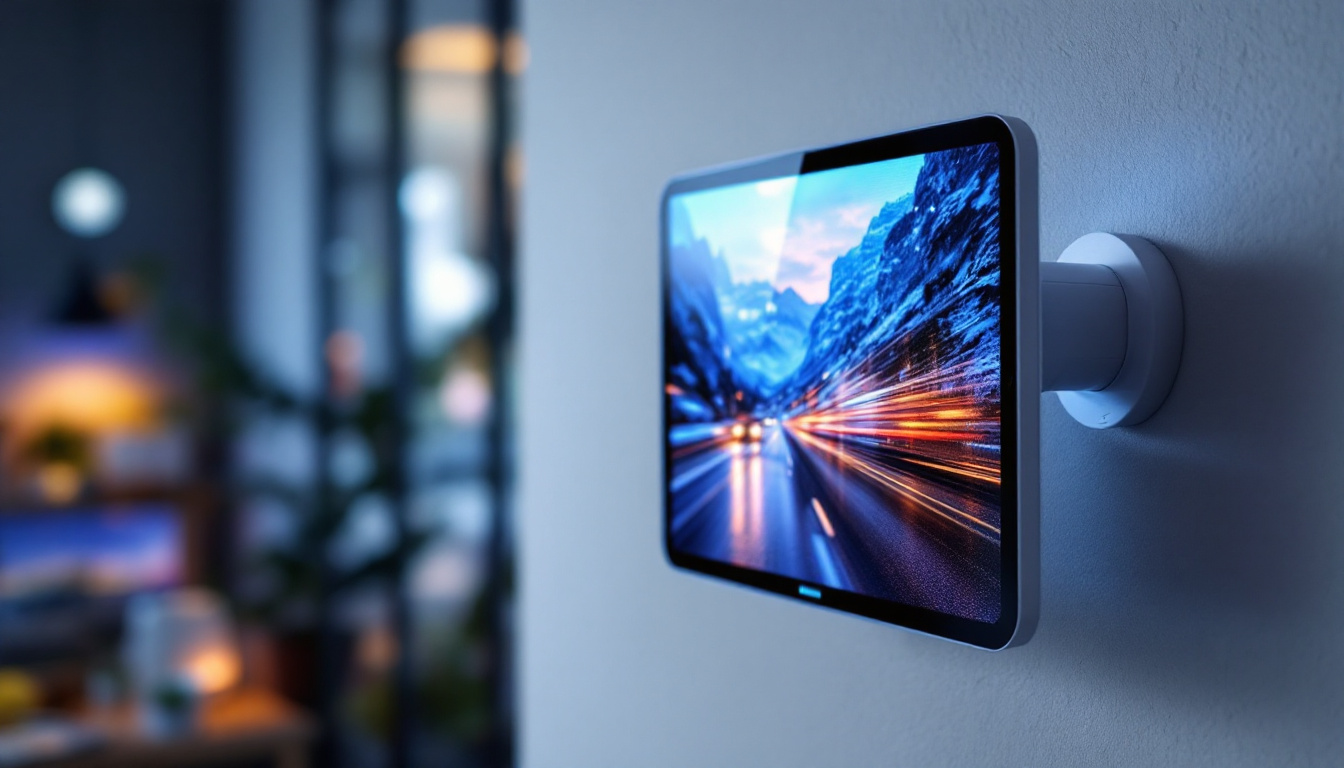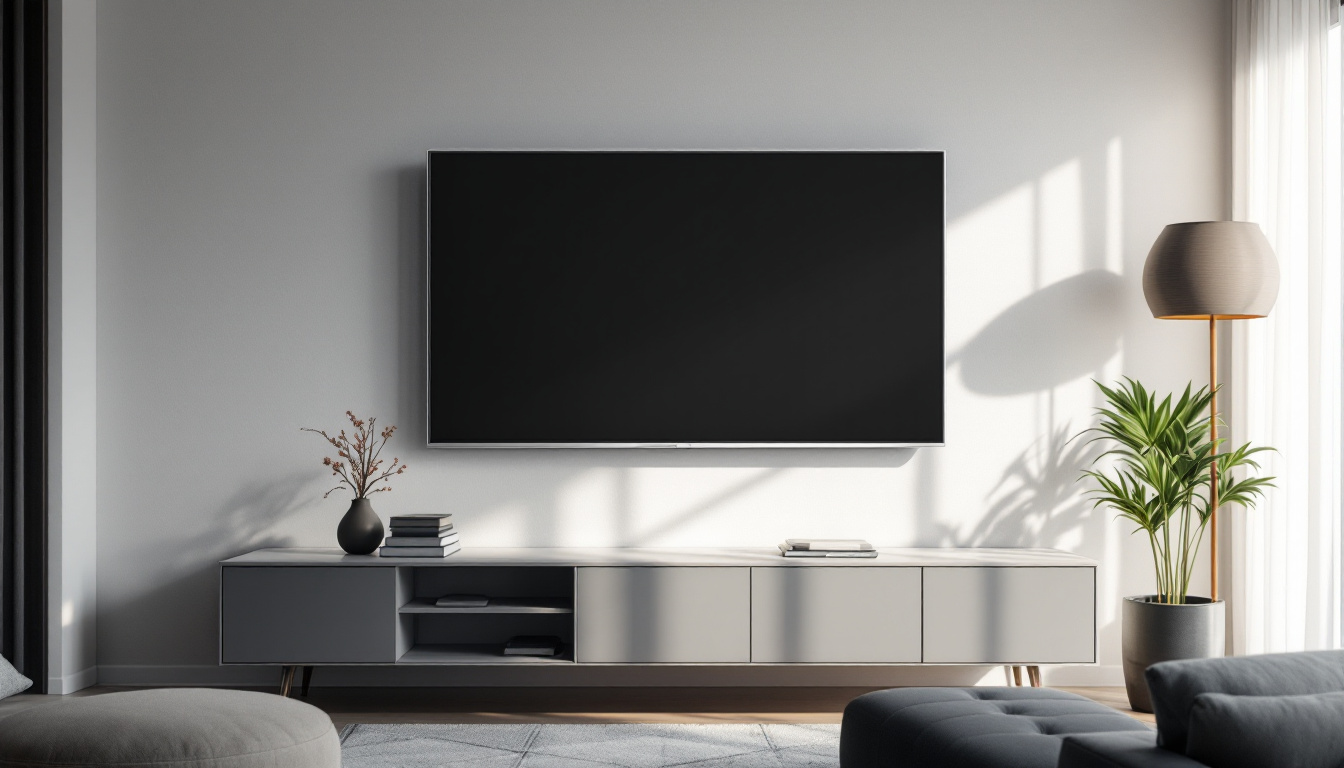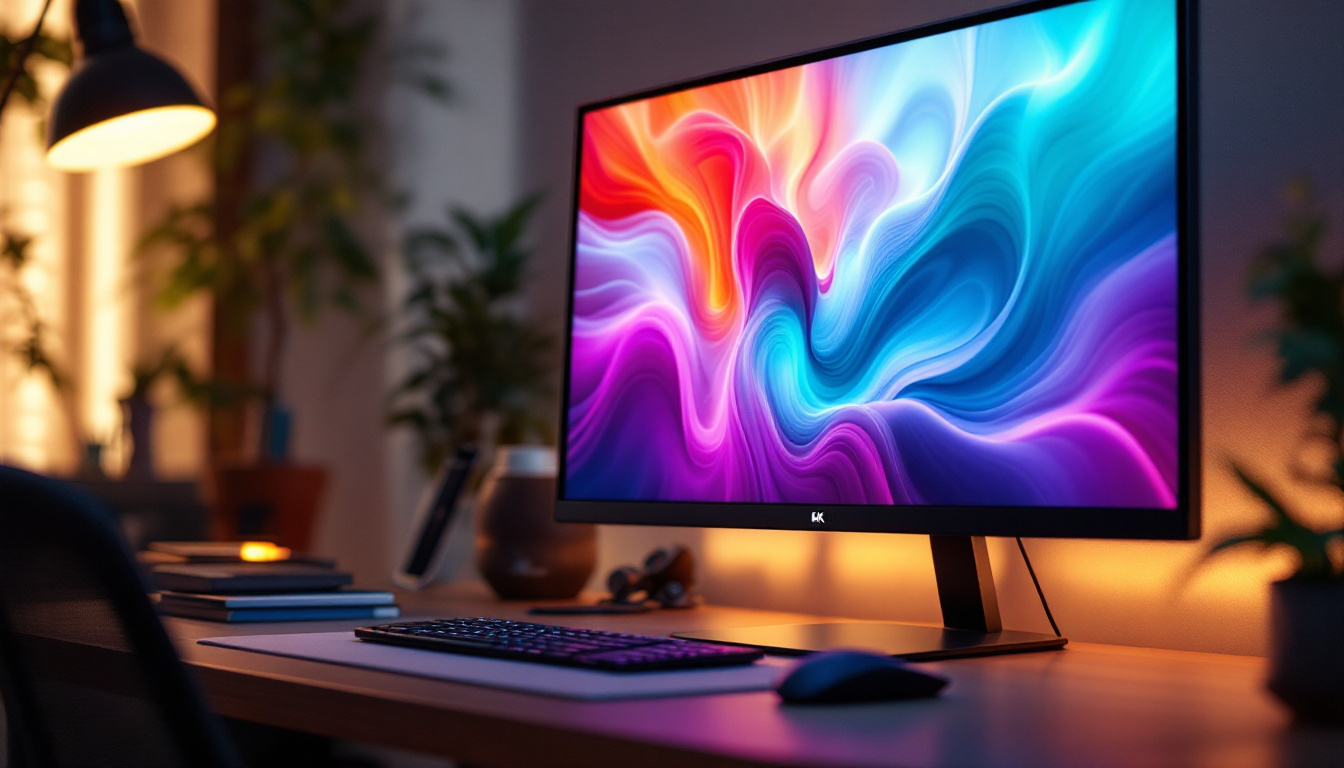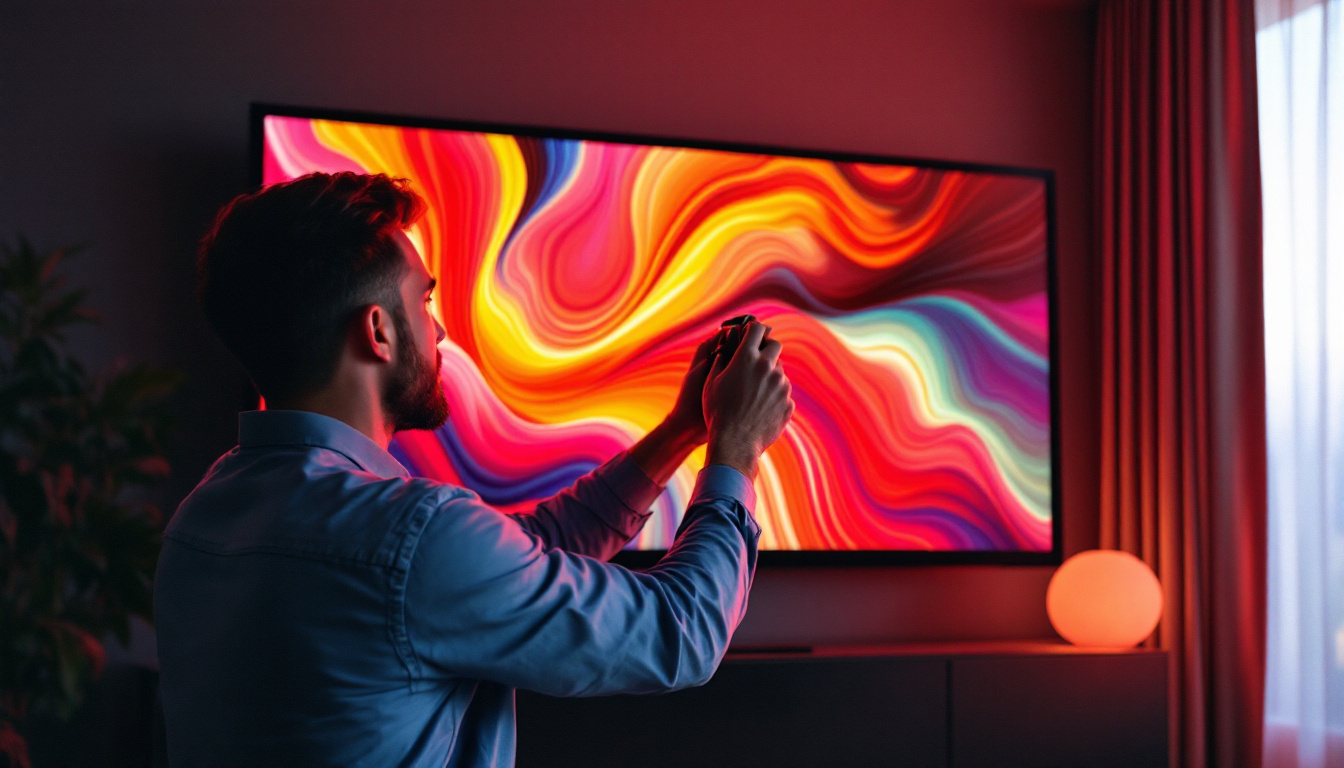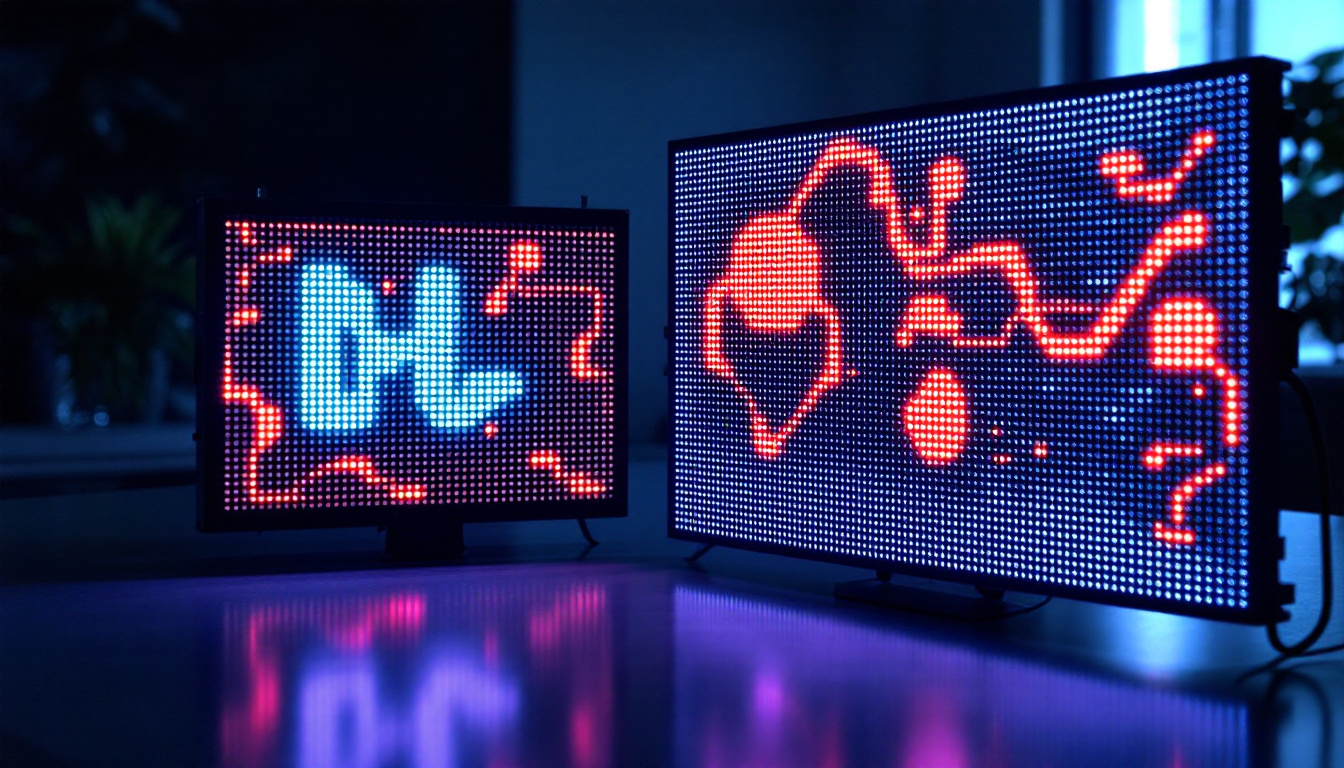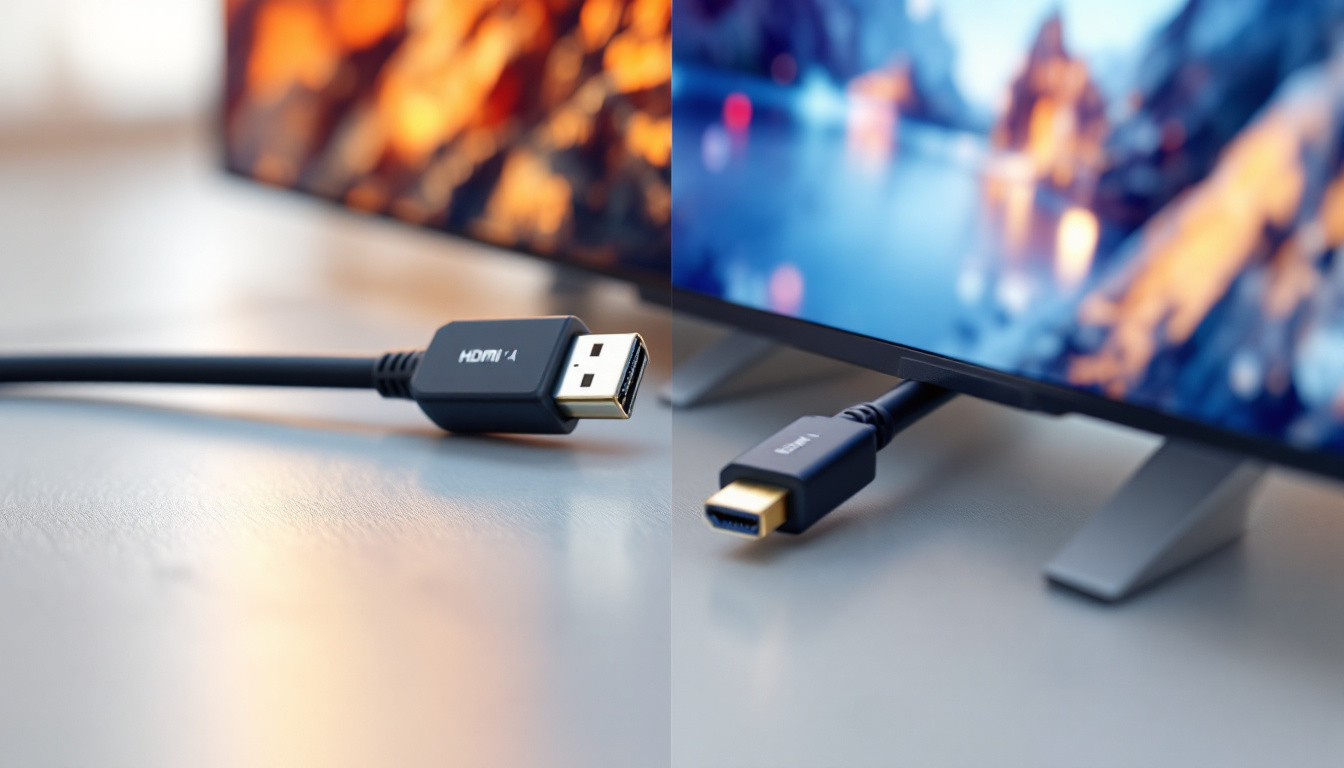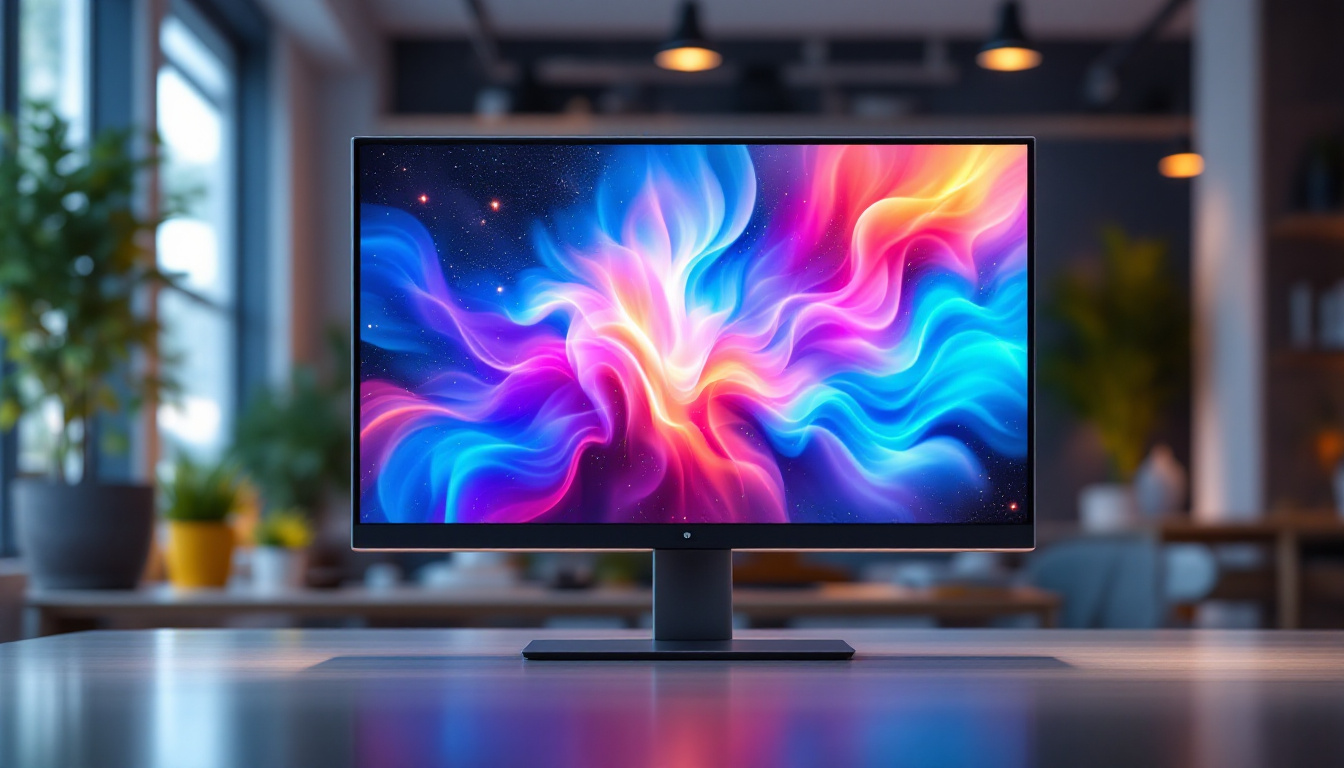In today’s fast-paced digital world, monitors play a crucial role in how we interact with technology. As the demand for high-quality displays continues to rise, many consumers are turning to used monitors as a cost-effective solution. Among the various types of displays available, LED monitors have gained significant popularity due to their superior performance and efficiency. This article delves into the intricacies of LED displays, particularly in the context of used monitors, exploring their benefits, features, and considerations for potential buyers.
Understanding LED Technology
Light Emitting Diode (LED) technology has revolutionized the way screens display images and videos. Unlike traditional LCD monitors that rely on fluorescent backlighting, LED monitors use small diodes to produce light. This fundamental difference results in several advantages that make LED displays a preferred choice for many users. The compact size of LEDs allows for thinner and lighter screens, paving the way for sleek designs that are aesthetically pleasing and more portable. As technology advances, LED displays have become increasingly integrated into various devices, from smartphones to large-scale digital billboards, showcasing their versatility and adaptability in modern technology.
How LED Displays Work
LED displays function by utilizing a matrix of tiny light-emitting diodes. These diodes can produce various colors by adjusting the intensity of the light emitted. The combination of red, green, and blue (RGB) diodes creates a full spectrum of colors, allowing for vibrant and dynamic images. Additionally, LED monitors can be categorized into two types: edge-lit and backlit. Edge-lit monitors have LEDs positioned along the edges of the screen, while backlit monitors feature a grid of LEDs behind the display, providing more uniform brightness. This technology not only enhances color accuracy but also allows for faster refresh rates, which is particularly beneficial for fast-paced video games and high-definition movies. The rapid response time of LED displays minimizes motion blur, ensuring that viewers enjoy a smooth and clear visual experience.
Benefits of LED Displays
One of the most significant advantages of LED displays is their energy efficiency. They consume less power compared to traditional monitors, resulting in lower electricity bills and a reduced environmental footprint. Furthermore, LED monitors typically offer better contrast ratios, deeper blacks, and brighter whites, enhancing the overall viewing experience. This makes them ideal for various applications, from gaming and graphic design to general office work. In addition to these benefits, LED technology is also known for its longevity. LEDs can last significantly longer than traditional bulbs, often exceeding 50,000 hours of use, which means less frequent replacements and lower maintenance costs. As a result, businesses and consumers alike are increasingly turning to LED displays not only for their superior performance but also for their cost-effectiveness over time. Moreover, the advancements in LED technology, such as the development of OLED (Organic LED) displays, promise even greater improvements in color accuracy and flexibility, further pushing the boundaries of visual technology.
The Appeal of Used LED Monitors
Purchasing used LED monitors can be an attractive option for budget-conscious consumers or businesses looking to upgrade their equipment without breaking the bank. The appeal lies not only in the cost savings but also in the potential to acquire high-quality displays that still deliver excellent performance.
Cost-Effectiveness
One of the primary reasons individuals and organizations opt for used monitors is the significant cost savings. New LED monitors can be expensive, especially those with advanced features such as high resolutions and larger screen sizes. In contrast, used monitors often come at a fraction of the price, making them accessible to a wider audience. This affordability allows users to invest in better technology without overspending. Furthermore, the savings can extend beyond the initial purchase; many used monitors are energy-efficient, which can lead to lower electricity bills over time. This factor is particularly appealing for businesses looking to reduce operational costs while maintaining productivity.
Quality and Performance
Contrary to common misconceptions, many used LED monitors are still in excellent condition and can perform just as well as new models. Many businesses upgrade their equipment regularly, leading to a surplus of gently used monitors available for resale. Buyers can find high-quality displays that have been well-maintained, ensuring they receive a reliable product. Additionally, many used monitors come with warranties or return policies, providing further assurance of their quality. It’s also worth noting that used monitors often feature the same technology and specifications as their newer counterparts, meaning users can enjoy vibrant colors, sharp images, and fast refresh rates without the hefty price tag. As a result, savvy consumers can find themselves with a monitor that meets their needs perfectly, whether for gaming, graphic design, or everyday office tasks.
Moreover, the environmental benefits of purchasing used monitors cannot be overlooked. By choosing to buy second-hand, consumers contribute to reducing electronic waste, which is a growing concern in our tech-driven society. Many used monitors are refurbished, meaning they have been restored to a like-new condition, further extending their lifecycle and minimizing the need for new production. This eco-friendly approach not only helps in conserving resources but also supports a circular economy, where products are reused and recycled rather than discarded. As more people become aware of their environmental footprint, opting for used technology becomes a responsible choice that aligns with sustainable living practices.
Key Features to Look For
When considering a used LED monitor, it’s essential to evaluate specific features that will impact its performance and usability. Understanding these features can help buyers make informed decisions and find the right monitor for their needs.
Resolution
Resolution refers to the number of pixels displayed on the screen, significantly influencing image clarity and detail. Common resolutions include Full HD (1920×1080), Quad HD (2560×1440), and 4K (3840×2160). For most users, a Full HD resolution is sufficient for everyday tasks, while professionals in graphic design or video editing may benefit from higher resolutions. When purchasing a used monitor, checking the resolution is crucial to ensure it meets specific requirements.
Refresh Rate
The refresh rate, measured in hertz (Hz), indicates how many times the screen refreshes the image per second. A higher refresh rate results in smoother motion, which is particularly important for gaming and fast-paced video content. Standard refresh rates are typically 60Hz, while gaming monitors may offer rates of 120Hz or higher. Buyers should consider their intended use when evaluating refresh rates in used monitors.
Connectivity Options
Modern monitors come equipped with various connectivity options, including HDMI, DisplayPort, and USB-C. These ports determine how easily the monitor can connect to other devices, such as computers, laptops, and gaming consoles. When looking at used monitors, it’s essential to ensure that the connectivity options align with the devices intended for use. Compatibility can prevent frustration and enhance the overall user experience.
Considerations When Buying Used Monitors
While purchasing a used LED monitor can be an excellent decision, several considerations should be taken into account to ensure a satisfactory purchase. Being aware of these factors can help buyers avoid potential pitfalls and make informed choices.
Condition and Age
The condition of a used monitor is perhaps the most critical factor to consider. Buyers should inspect the monitor for any signs of wear, such as scratches, dead pixels, or discoloration. Additionally, understanding the age of the monitor can provide insights into its potential longevity. Generally, monitors that are only a few years old are more likely to perform well than older models.
Return Policy and Warranty
When buying used monitors, it’s advisable to check the return policy and warranty offered by the seller. A solid return policy allows buyers to return the monitor if it does not meet their expectations, providing peace of mind. Similarly, a warranty can protect against defects or malfunctions, ensuring that the investment is safeguarded for a certain period.
Seller Reputation
Purchasing from a reputable seller is crucial when buying used electronics. Researching the seller’s reputation through reviews and ratings can provide insights into their reliability and the quality of their products. Trusted sellers often provide detailed descriptions of the monitors, including any flaws or issues, allowing buyers to make informed decisions.
Environmental Impact of Used Monitors
The growing awareness of environmental sustainability has led many consumers to consider the ecological impact of their purchases. Choosing used monitors is not only a cost-effective option but also a more environmentally friendly choice.
Reducing Electronic Waste
Electronic waste (e-waste) is a significant global issue, with millions of tons of discarded electronics entering landfills each year. By opting for used monitors, consumers can help reduce the amount of e-waste generated. Extending the lifespan of electronic devices through resale and reuse contributes to a more sustainable approach to technology consumption.
Lower Carbon Footprint
Manufacturing new monitors requires substantial resources and energy, contributing to a higher carbon footprint. By purchasing used monitors, consumers can decrease the demand for new production, thereby reducing the overall environmental impact associated with manufacturing processes. This choice aligns with the growing trend of conscious consumerism, where individuals prioritize sustainability in their purchasing decisions.
Conclusion
Used LED monitors present an excellent opportunity for consumers looking to upgrade their technology without incurring excessive costs. With their energy efficiency, superior performance, and vibrant displays, LED monitors are a popular choice for various applications. By understanding the key features, considerations, and environmental impact associated with used monitors, buyers can make informed decisions that align with their needs and values.
As technology continues to evolve, the market for used monitors is likely to expand, providing even more options for consumers. Embracing the benefits of used LED displays not only enhances personal and professional experiences but also contributes to a more sustainable future. Whether for gaming, work, or general use, investing in a used LED monitor can be a smart and responsible choice.
Discover the Future of LED Displays with LumenMatrix
Ready to experience the cutting-edge technology that drives today’s most dynamic visual displays? LumenMatrix is at the forefront of LED display innovation, offering a comprehensive range of solutions tailored to your unique needs. From captivating Indoor LED Walls to versatile Vehicle LED Displays, and from engaging LED Sports Displays to Custom LED solutions, LumenMatrix empowers you to make a lasting impression. Elevate your visual communication and share your message with unparalleled clarity and impact. Check out LumenMatrix LED Display Solutions today and join the revolution in digital signage excellence.

